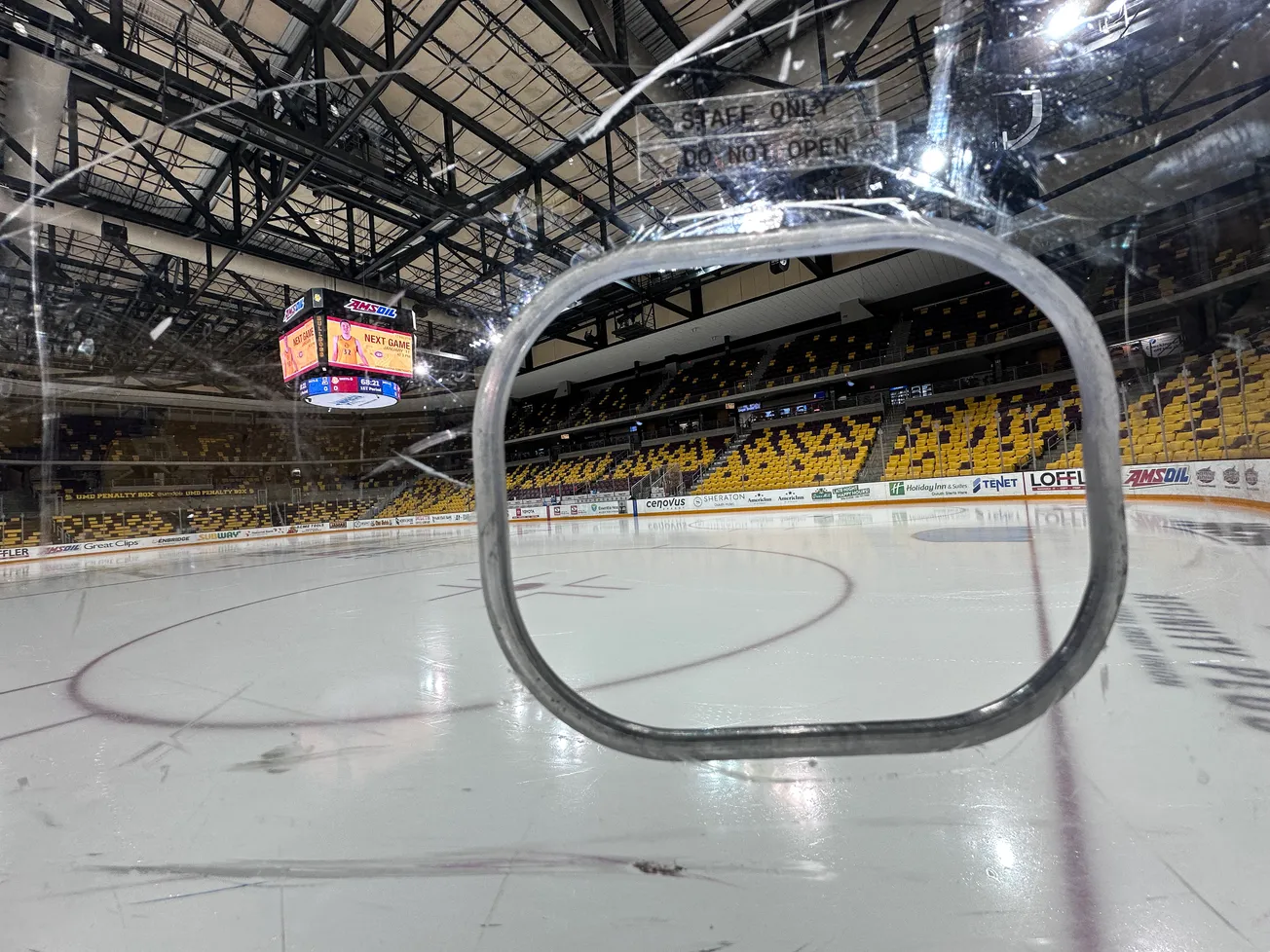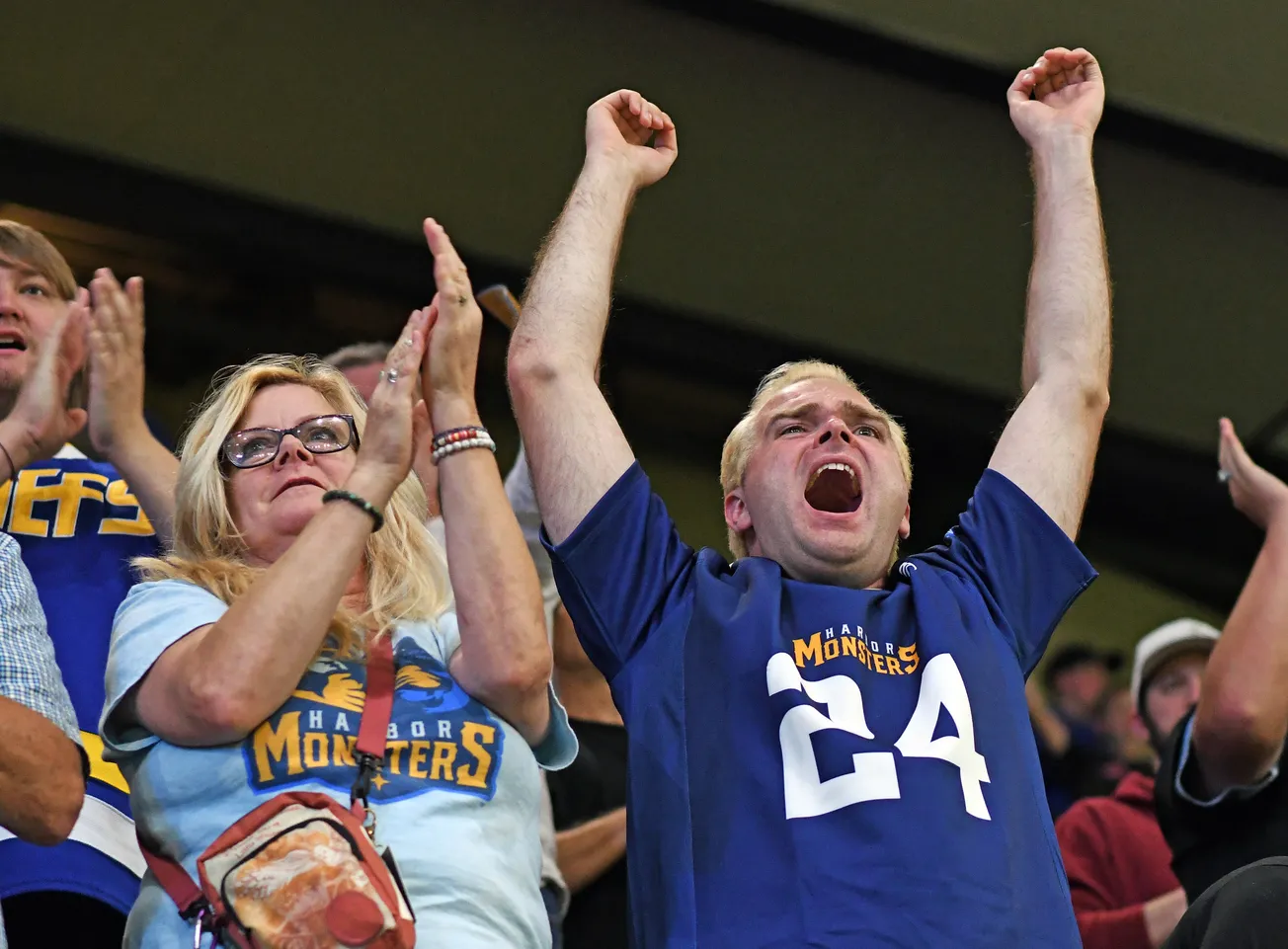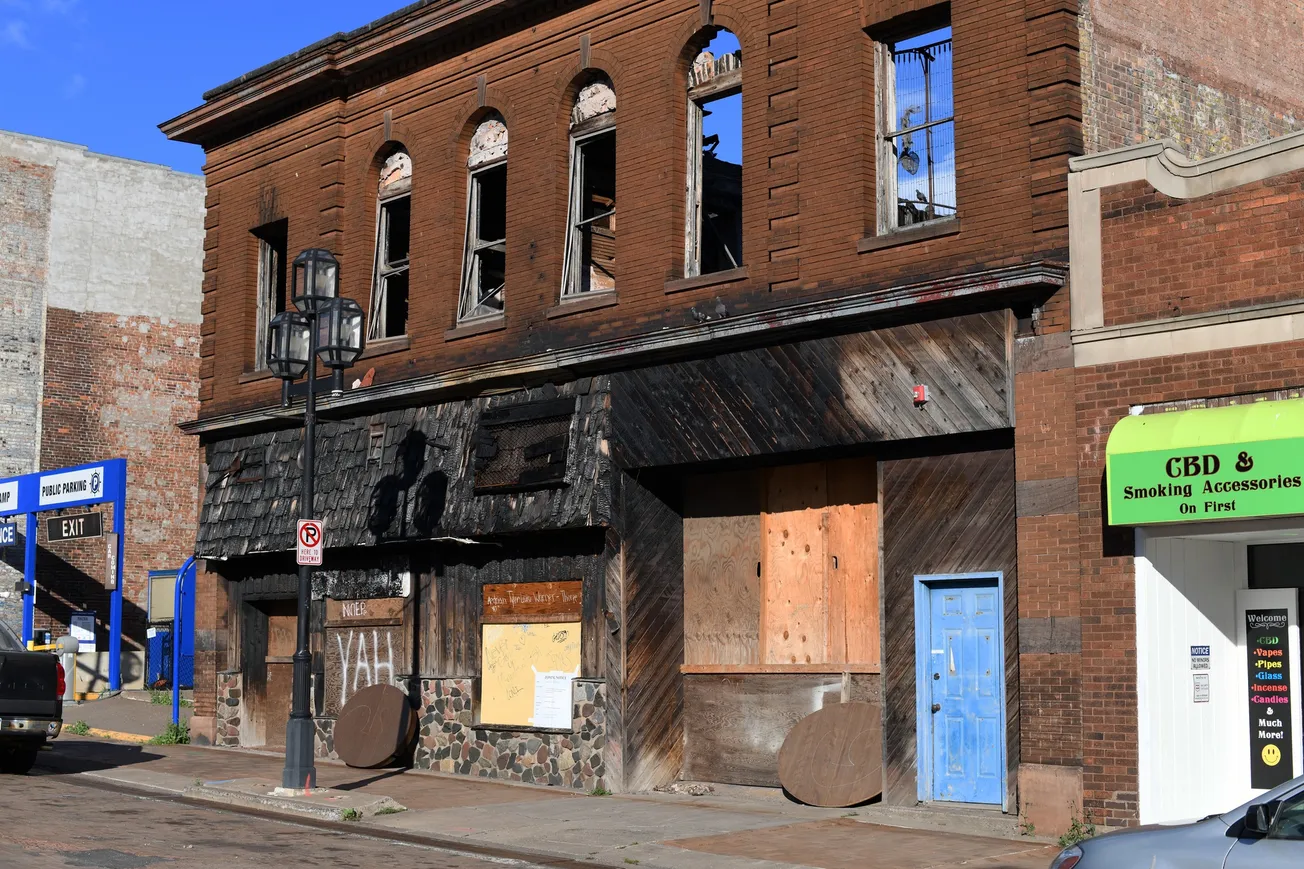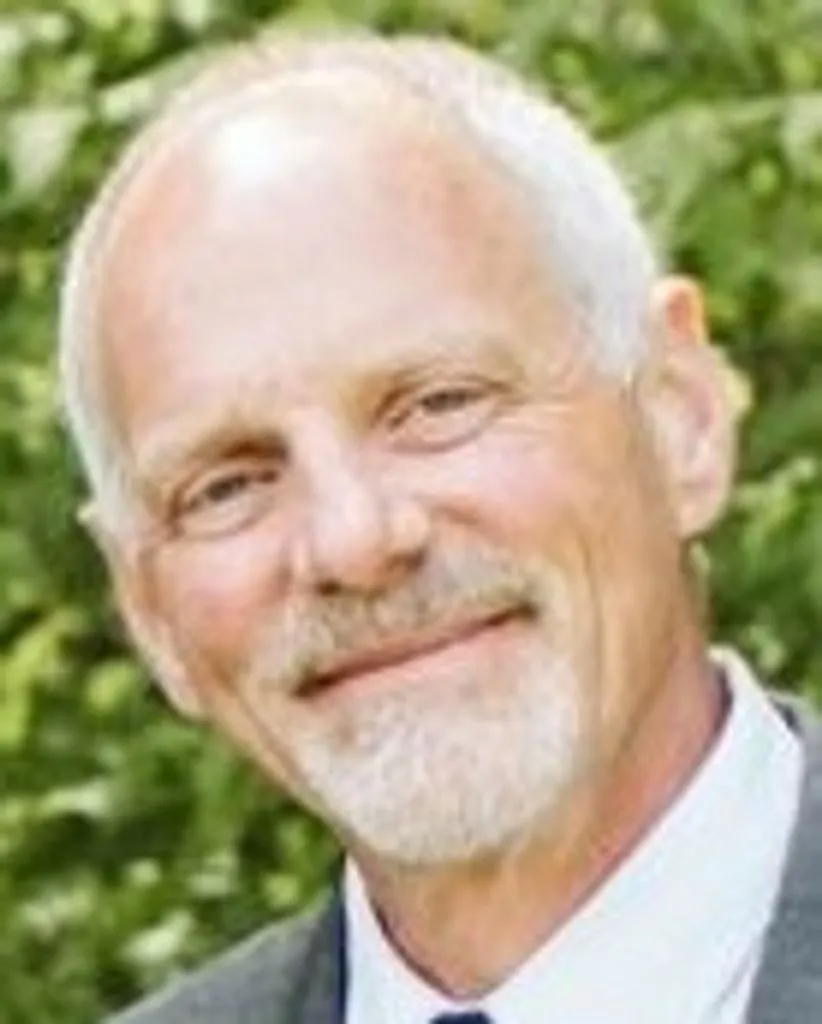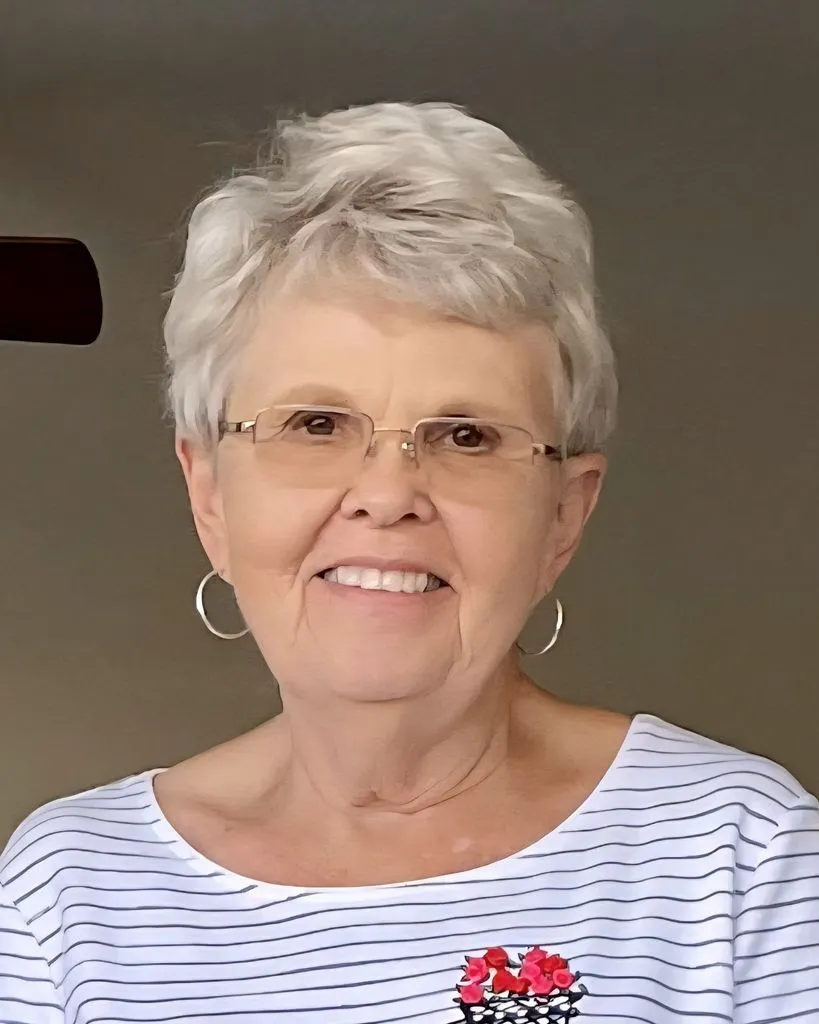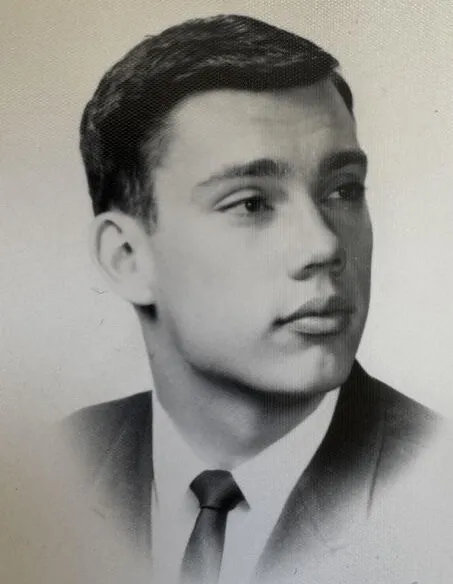
We’ve all gotten used to the ask. More money from the state. More help from St. Paul. Another earmark, another tax tweak. Trouble is, every other city in Minnesota is standing in the same line, holding the same cup. And Duluth’s cup is already cracked.
So here’s the blunt truth: if we’re going to revive this city, it won’t be by waiting our turn in St. Paul. It’ll be by making smarter plays with the cards we already hold. And our ace, as always, is the lake.
Not to exploit, but to respect — and use wisely.
1. Treat Lake Superior as Duluth’s renewable economic engine. Not by bottling it up or selling it off, but by marketing Duluth as the global headquarters for freshwater science, sustainability, and clean tech. Imagine a freshwater innovation campus on the waterfront: labs, startups, and international conferences on water management. Every corporation with ESG goals would want a stake here. That’s not tourism — that’s anchoring Duluth as a knowledge hub.
2. Build a year-round economy, not just a July-August one. Our tourism model is still built like it’s 1985 — summers packed, winters a ghost town. Other northern cities have figured out how to extend the season: Winnipeg with indoor winter festivals, Traverse City with food/wine events in the shoulder months. Duluth could retool Spirit Mountain (yes, even in its broken state) into a four-season adventure campus — that complements, not competes with, Lake Superior.
3. Turn vacant buildings into workforce housing, not empty promises.Downtown isn’t coming back until people live there again. The fastest, cheapest solution isn’t new construction — it’s conversion. St. Paul just rolled out tax credits to turn aging office towers into apartments. Duluth could copy-paste the model tomorrow. No new land use fights, no sprawling developments. Just real feet on the ground, paying rent, buying coffee, and walking to work.
4. Invest in small-business capital, not megaprojects. We love a big dream in this town — a downtown casino, a world-class “something.” But the cities that win don’t gamble on one whale. They bet on the school of fish. Sioux Falls grew by seeding hundreds of microloans to local shops, restaurants, and entrepreneurs. Why not funnel a slice of the tourism tax into a revolving loan fund for Duluth locals? Build 50 businesses instead of praying for one savior.
5. Make safety the downtown brand. Nobody comes downtown — tourist or local — if they feel unsafe. That doesn’t mean more squad cars, it means visible community presence: trained mental-health responders, hospitality ambassadors, real lighting and streetscape improvements. If you want people here at night, you start by making them feel like they belong.
This is the fork in the road. We can either keep patching potholes with pennies, or we can get bold — not reckless, but bold — about what we already have: a city on the edge of the world’s largest freshwater lake, in a century when water, livability, and resilience will decide which cities thrive.
That’s not a burden. That’s an opening. And if we don’t take it, someone else will.

